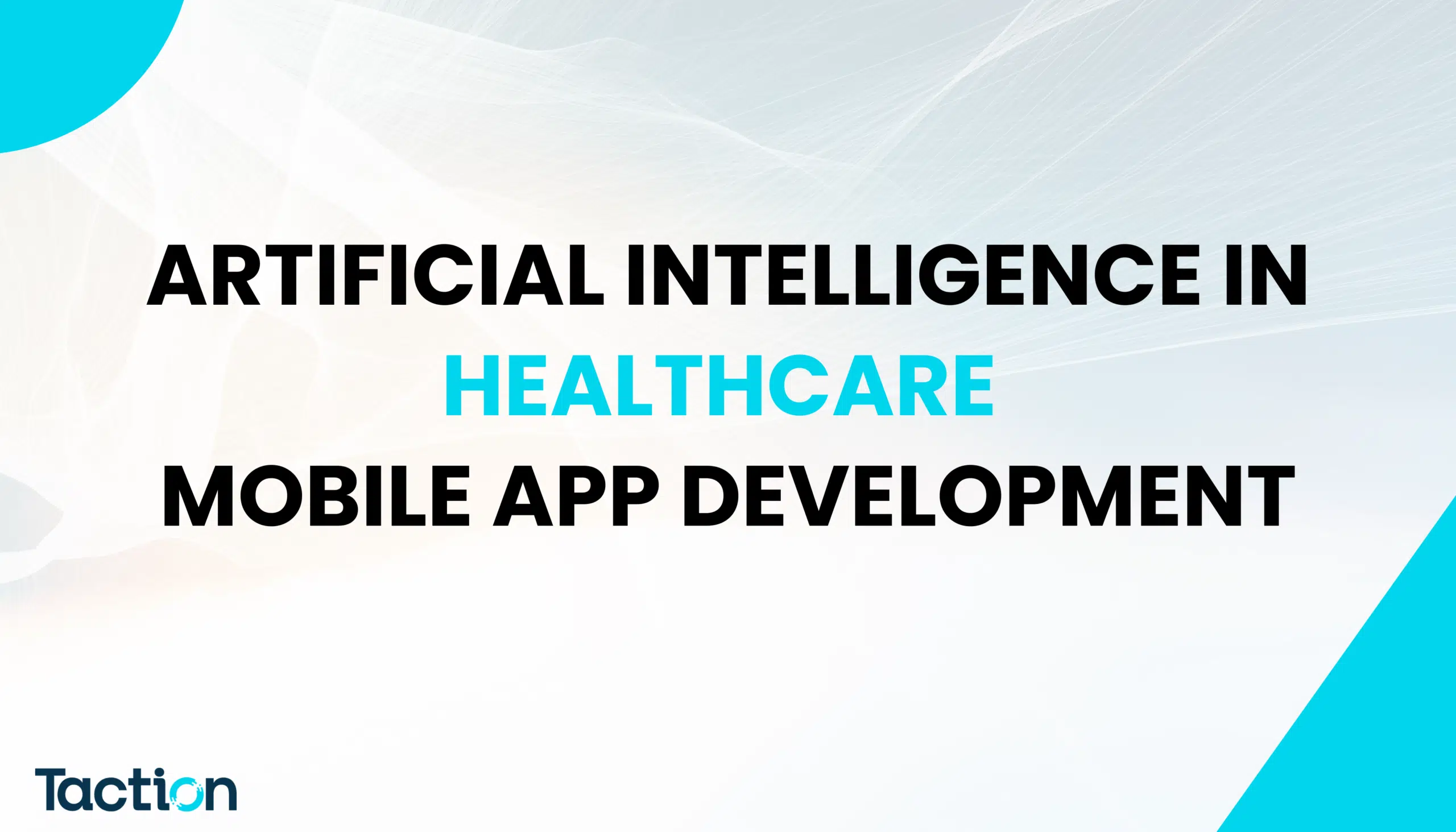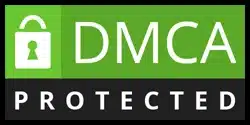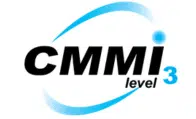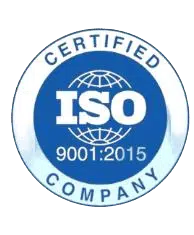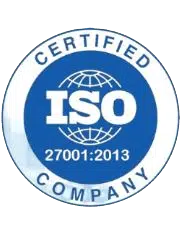Introduction
What is Mirth Connect ?
Mirth Connect is a powerful, open-source healthcare integration engine that facilitates the seamless exchange of health information across diverse systems. Its primary role is to ensure that various healthcare applications can communicate effectively, enhancing interoperability and improving patient care outcomes. In the rapidly evolving landscape of healthcare IT, Mirth Connect stands out as a robust solution for connecting disparate health information systems.
Understanding Mirth Connect
Mirth Connect, now known as NextGen Connect Integration Engine, was designed to streamline data exchange in healthcare environments. Developed by Mirth Corporation, it was initially released in 2006 and has since evolved into a widely adopted integration tool. Its open-source nature allows for extensive customization, making it a preferred choice for many healthcare organizations seeking cost-effective integration solutions.
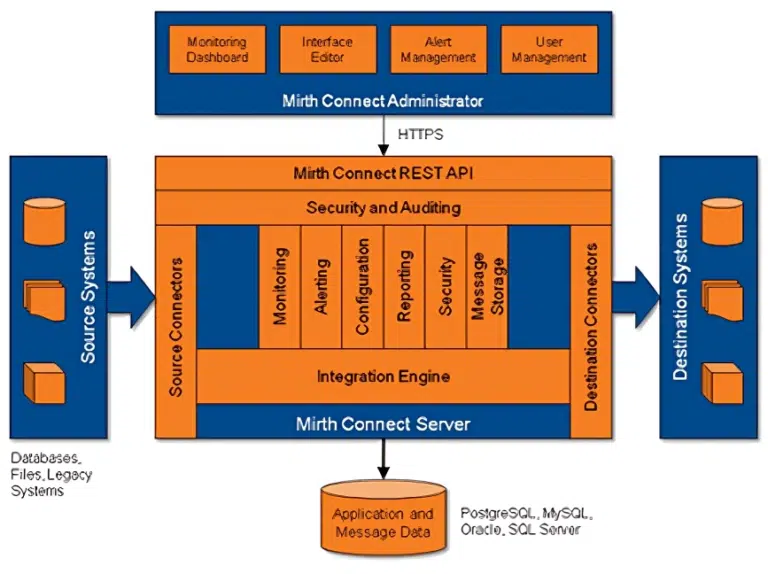
Key Features of Mirth Connect
One of Mirth Connect’s standout features is its ability to transform and route data between different systems. Whether it’s HL7, DICOM, or X12, Mirth Connect supports a wide range of messaging standards, ensuring compatibility with various healthcare applications. Additionally, its scalable architecture ensures high performance even in environments with significant data throughput.

Benefits of Using Mirth Connect
Mirth Connect offers numerous benefits, starting with its cost-effectiveness. Being open-source, it reduces the financial burden on healthcare organizations while providing extensive functionality. Its flexibility allows for customized solutions tailored to specific organizational needs. Moreover, Mirth Connect improves data management by ensuring accurate and timely data exchange between systems.
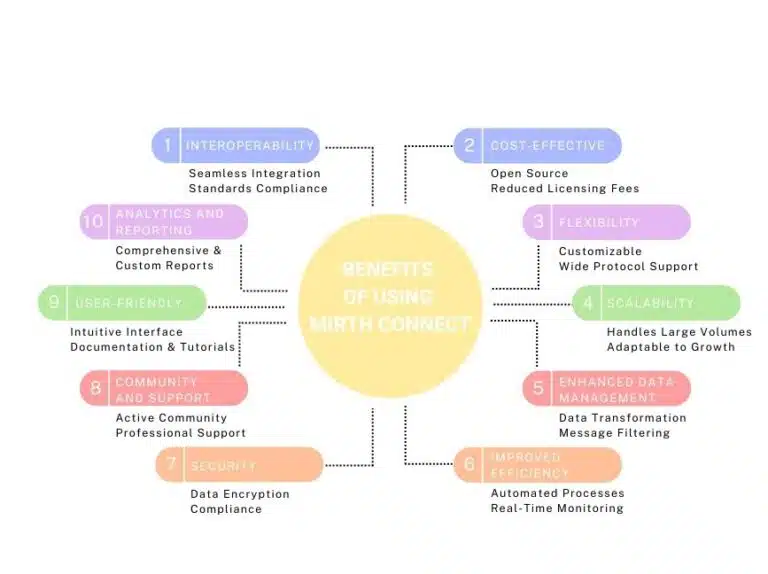
Mirth Connect Architecture
At its core, Mirth Connect utilizes a channel-based architecture for message processing. Each channel is a set of rules and configurations that dictate how messages are received, processed, and sent. This modular approach allows for easy management and customization of data flows. Integration with databases further enhances its capability, allowing for efficient data storage and retrieval.
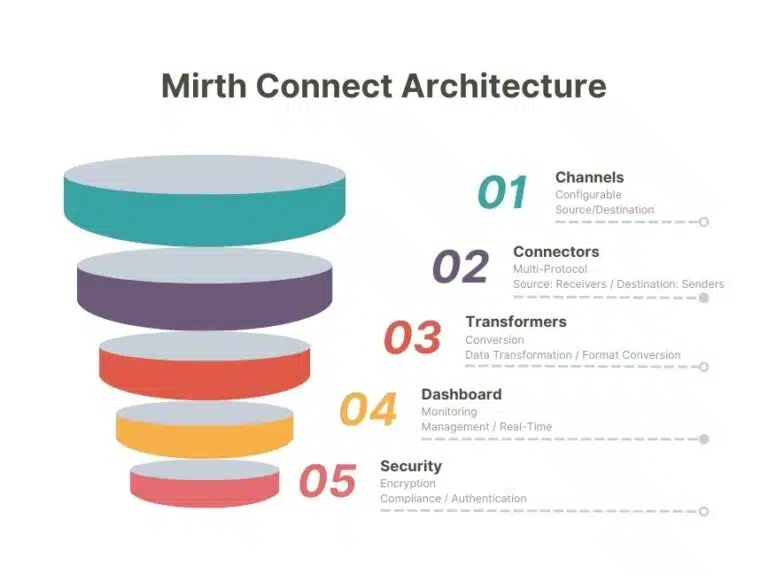
Supported Standards and Protocols
Mirth Connect supports an array of standards and protocols crucial for healthcare interoperability. HL7 is a primary focus, but it also handles DICOM for imaging, X12 for electronic data interchange, and various other standards. Web services and RESTful APIs facilitate integration with modern web-based applications, while secure protocols like SSL/TLS ensure data security during transmission.
Installation and Setup
Setting up Mirth Connect is straightforward, with clear documentation available to guide users through the process. System requirements are modest, making it accessible for most healthcare IT environments. The installation involves downloading the software, following the setup wizard, and performing initial configurations to tailor the system to specific needs.
Creating and Managing Channels
Channels are fundamental to Mirth Connect’s operation. They define the rules for data exchange, including how messages are received, processed, and sent. Creating a channel involves configuring source and destination connectors, specifying message types, and setting transformation rules. To keep data flowing smoothly, channels must be managed and troubleshooted effectively.
Data Transformation and Mapping
Data transformation is a key aspect of Mirth Connect, enabling the conversion of data from one format to another. This is especially crucial in the healthcare industry because various systems frequently employ disparate data formats. Mirth Connect’s mapping tools allow for the creation of complex transformation rules, ensuring that data is accurately translated between systems. Practical examples include converting HL7 messages to XML or JSON formats.
Security and Compliance
Data transformation is a key aspect of Mirth Connect, enabling the conversion of data from one format to another. This is especially crucial in the healthcare industry because various systems frequently employ disparate data formats. Mirth Connect’s mapping tools allow for the creation of complex transformation rules, ensuring that data is accurately translated between systems. Practical examples include converting HL7 messages to XML or JSON formats.
Integration with Other Systems
Mirth Connect excels in integrating with a wide range of healthcare systems. This includes electronic medical record (EMR) and electronic health record (EHR) systems, laboratory information systems, and third-party applications. By facilitating seamless data exchange, Mirth Connect helps healthcare providers achieve a unified view of patient information, enhancing clinical decision-making.
Real-world applications of Mirth Connect demonstrate its versatility and effectiveness. Healthcare institutions around the world have successfully implemented Mirth Connect to solve complex integration challenges. Case studies highlight how hospitals have improved patient care, reduced operational costs, and achieved regulatory compliance through the use of Mirth Connect.
Challenges and Limitations
While Mirth Connect is a powerful tool, it is not without challenges. Common issues include the complexity of initial setup and the need for ongoing maintenance. Some limitations, such as performance constraints in extremely high-volume environments, may require additional infrastructure or optimization. However, the active community and ongoing development efforts continuously address these challenges.
Community and Support
The Mirth Connect community is a valuable resource for users, offering forums, user groups, and extensive documentation. Official support options are also available for organizations needing professional assistance. Numerous resources, including tutorials and webinars, provide ongoing learning and development opportunities for Mirth Connect users.
Conclusion
Mirth Connect is a cornerstone of modern healthcare integration, providing a flexible, cost-effective, and powerful solution for data exchange. Its ability to support multiple standards, ensure data security, and integrate with various systems makes it an indispensable tool for healthcare organizations. As the healthcare industry continues to evolve, Mirth Connect is well-positioned to play a pivotal role in enhancing interoperability and improving patient outcomes.
FAQs
Mirth Connect is used for integrating healthcare information systems, allowing for seamless data exchange between different applications and ensuring interoperability in healthcare environments.
Mirth Connect handles data security through features such as encryption, user authentication, and audit logging, ensuring compliance with regulations like HIPAA and GDPR.
Yes, Mirth Connect can integrate with a wide range of healthcare systems, including EMRs, EHRs, laboratory systems, and third-party applications, facilitating comprehensive data exchange.
The system requirements for Mirth Connect are modest, including a standard server environment with adequate memory and processing power. Detailed requirements can be found in the official documentation.
Yes, there is an active community for Mirth Connect users, offering forums, user groups, and extensive documentation. Official support and various resources are also available for ongoing learning and development.



